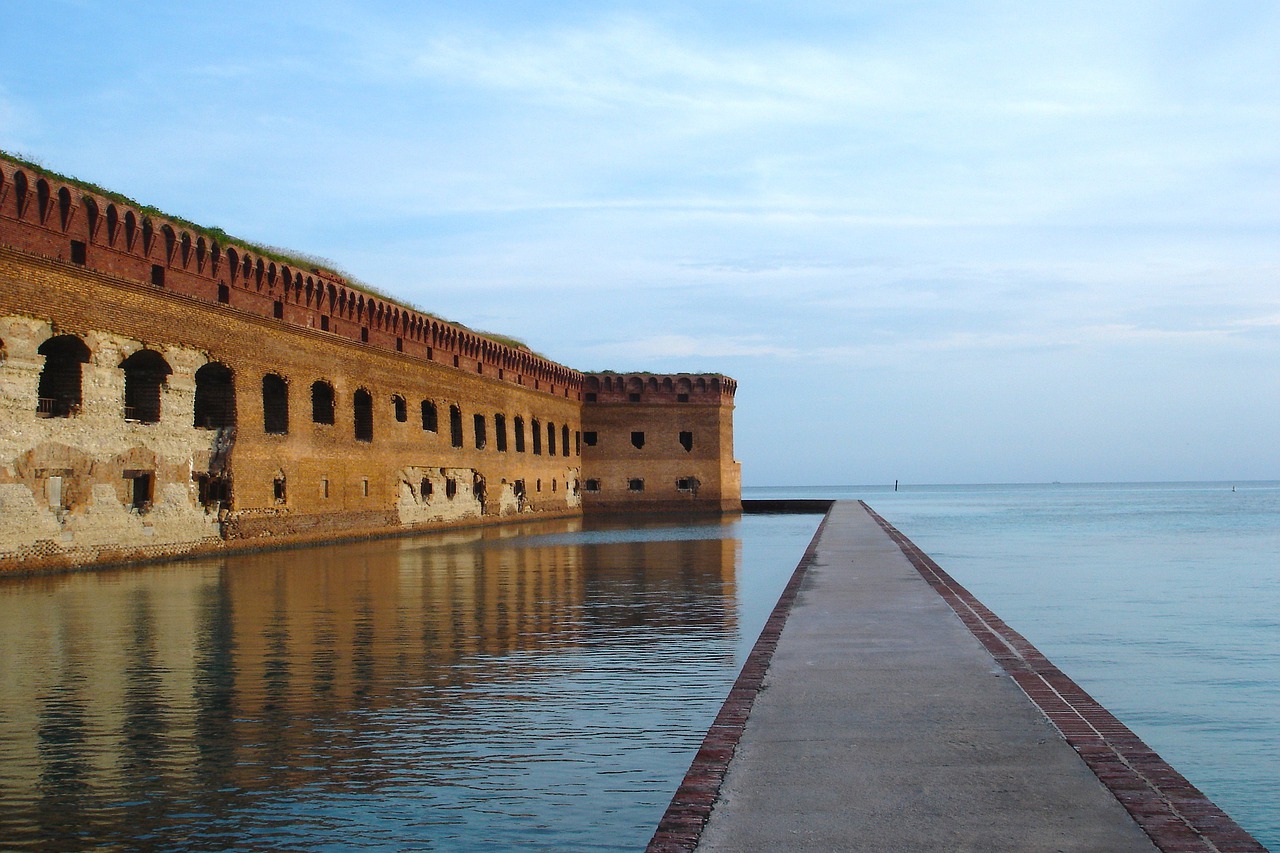September 24th celebrates National Public Lands Day which is meant to encourage individuals to utilize public lands while also promoting their conservation and preservation. Public land is defined as land that is owned by the government (both local and national)- more specifically land that is not specifically assigned to or allocated for any specific purpose. Examples of public land include national parks, local community parks, public trails, farms, forests, etc. Public land, in some cases, allows for communal spaces to be utilized and accessible for all.
Here in the US, public land ownership has been a complicated issue throughout the years. In the US, public land is owned and maintained on many different levels- from local townships and cities to the federal government. With the management of public lands being distributed among different governmental agencies, the use and available resources of these public lands will vary with respect to governmental funding and regulations, natural resources, current legislation, and land delegation. Due to this, public lands around the country are used for a variety of purposes.
Here in Florida, we are home to many national and state parks allowing for a variety of fun activities for both visitors and locals alike. The Florida Park Service is one of the largest in the country with 175 state parks, trails, and historic sites spanning nearly 800,000 acres and 100 miles of sandy white beach. Take advantage of these wonderful public spaces this weekend. Just remember to be respectful, safe, and conscientious of your surroundings. Below are some of the national and state parks Florida has to offer.
Florida National Parks:
Everglades National Park
Biscayne National Park (Homestead, FL
Dry Tortugas National Park (Key West, FL)
Big Cypress National Preserve (Ochopee, FL
Canaveral National Seashore
De Soto National Memorial (Bradenton, FL)
Fort Caroline National Memorial (Jacksonville, FL)
Fort Matanzas National Monument (St. Augustine, FL)
Gulf Islands National Seashore
Timucuan Ecological and Historic Preserve (Jacksonville, FL)
Florida State Parks:
John Pennekamp State Park
The only park that is completely underwater
George Candy Bridge Fishing Pier State Park
The only state park that is also a fishing pier
Alfred B. Maclay Gardens State Park












